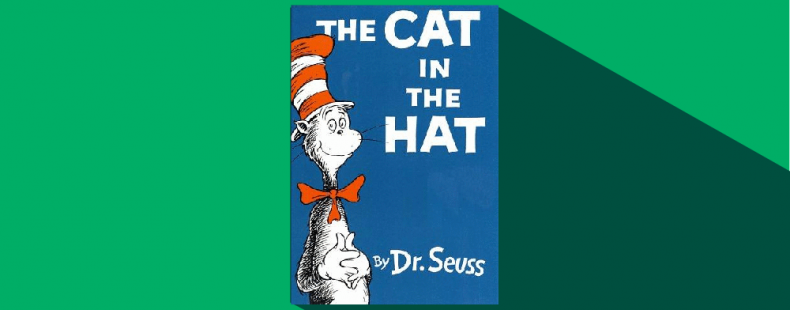The wit and whimsy of Dr. Seuss
Theodor Seuss Geisel, better known to rhyme-loving readers everywhere as Dr. Seuss, published more than 60 children’s books over the course of his hugely influential career. His collected works have sold over 600 millions copies worldwide. Geisel is even credited for adding new words to the common lexicon, such as, of course, grinch.
Dr. Seuss’s enduring charm owes as much to his playfully nonsensical language as to his penchant for anapestic tetrameter. Let’s take a quick look at some of our favorite examples of Seuss’s fanciful linguistics.





















